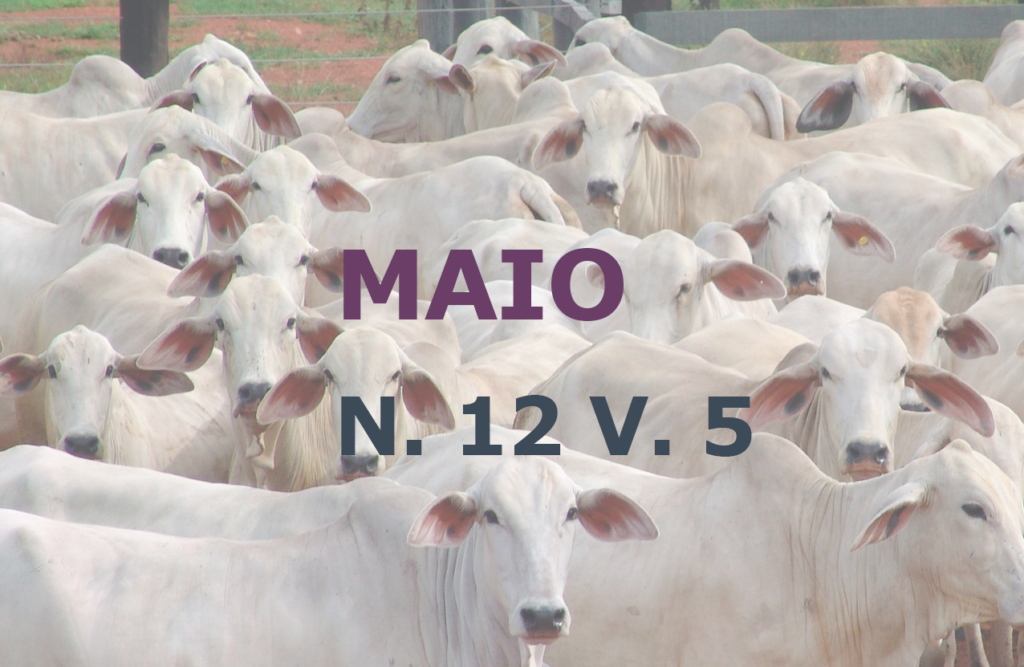Perception of students about a low cost model for training ovariosalpingohisterectomy in small animals
DOI:
https://doi.org/10.22256/pubvet.v12n5a83.1-8Keywords:
alternative methods, cat, dog, teaching, veterinary surgeryAbstract
In Veterinary Education, non-harmful alternatives methods have been explored in order to replace the use of animals as a teaching resource. The objective of this study was to analyze the students' opinion regarding the use of a low cost model for training ovariaosalpingohisterectomy in small animals before in vivo performance. There were 21 veterinary medicine students from a Veterinary Surgical Teaching class enrolled in the study. They underwent training in the model before performing the surgery on the animal and then answered a questionnaire regarding the use of the model, including team organization, emotional safety and technique training. Among the students, 95.2% considered that the training improved the flow of tasks, 85.7% felt safer in performing the surgery on the live animal after training with the model and 76.2% considered that the training resulted in an improvement in the surgical ability to perform the surgery. There was also a 23.2% decrease (32 minutes) in surgical time in the live animal, compared to the previous year's group without training in the model. The use of the model had positive results, because besides being well accepted by the students, it brought greater confidence and technical skill during the surgery, reducing the time of the procedure.
Downloads
Published
Issue
Section
License
Copyright (c) 2018 Natália Noreika Kano, Flávia Carolina Meira Collere, Letícia Fernanda Laube, Simone Tostes de Oliveira Stedile, Roberta Carareto

This work is licensed under a Creative Commons Attribution 4.0 International License.
Você tem o direito de:
Compartilhar — copiar e redistribuir o material em qualquer suporte ou formato
Adaptar — remixar, transformar, e criar a partir do material para qualquer fim, mesmo que comercial.
O licenciante não pode revogar estes direitos desde que você respeite os termos da licença. De acordo com os termos seguintes:
Atribuição
— Você deve dar o crédito apropriado, prover um link para a licença e indicar se mudanças foram feitas. Você deve fazê-lo em qualquer circunstância razoável, mas de nenhuma maneira que sugira que o licenciante apoia você ou o seu uso. Sem restrições adicionais
— Você não pode aplicar termos jurídicos ou medidas de caráter tecnológico que restrinjam legalmente outros de fazerem algo que a licença permita.





